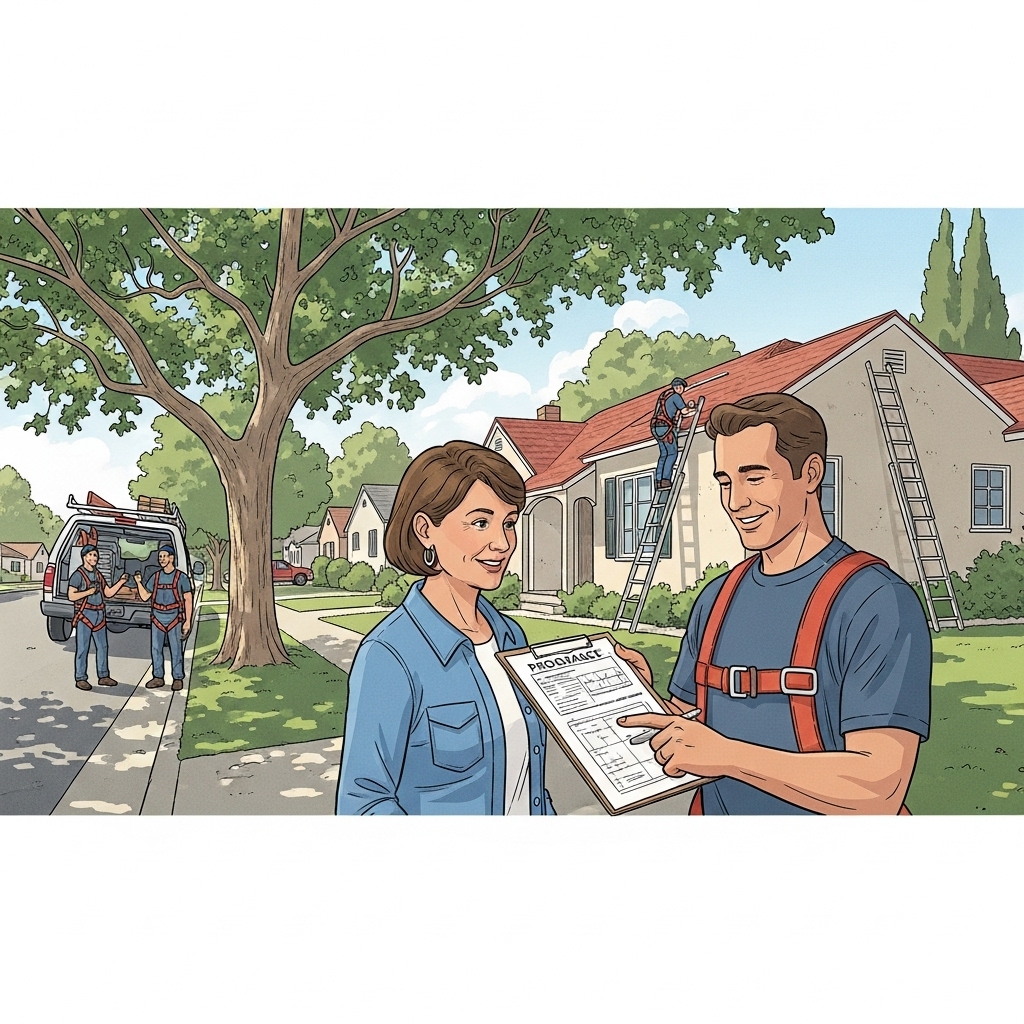Flat roofing has become a preferred option for many property owners due to its versatility, cost-efficiency, and modern appearance. Whether you’re upgrading a commercial property or looking for a sleek finish to your residential home, understanding the essentials of flat roofing is key to ensuring durability and long-lasting results. Here’s everything you need to know to make the right choice for your roof.
What is Flat Roofing and Why is it Popular?
Flat roofing refers to a roofing system with a slight pitch designed to facilitate water drainage while maintaining a minimal slope. This design makes it an excellent choice for commercial buildings, modern homes, and even extensions.
Its popularity comes from its clean and simple look, which is ideal for contemporary architecture. Flat roofing is also cost-effective since it requires fewer materials and labor compared to traditional sloped roofs. Additionally, it offers a practical space for installing solar panels, HVAC units, or even rooftop gardens.
Key Materials Used in Flat Roofing
The durability of flat roofing relies heavily on the materials used. Each material has its advantages, depending on budget and climate needs.
- EPDM (Ethylene Propylene Diene Monomer): A rubber membrane that is lightweight, durable, and weather-resistant.
- TPO (Thermoplastic Polyolefin): A reflective and energy-efficient option that is great for reducing cooling costs.
- Modified Bitumen: Known for its strength and layered installation, this material is perfect for extreme weather conditions.
- PVC (Polyvinyl Chloride): A highly durable and low-maintenance choice that resists chemicals and fire.
Choosing the right material for flat roofing ensures your structure remains protected while offering long-term value.
Benefits of Choosing Flat Roofing
Flat roofing comes with several advantages that make it a worthwhile investment for both residential and commercial properties:
- Cost-Effective Installation: Flat roofs require less material and time to install, making them budget-friendly.
- Extra Usable Space: Flat roofs can double as outdoor living spaces, green roofs, or support for solar panels.
- Energy Efficiency: Reflective flat roofing materials like TPO and PVC help maintain cooler indoor temperatures and reduce energy costs.
- Easy Maintenance: Flat roofing systems are simpler to inspect, repair, and maintain due to their accessibility.
With proper care and installation, flat roofing systems can last for decades while delivering practical and aesthetic benefits.
Maintenance Tips for Durable Flat Roofing
While flat roofs are durable, regular maintenance is essential to maximize their lifespan. Here are some key tips to ensure your flat roofing stays in top condition:
- Regular Inspections: Check your roof twice a year and after major storms to identify damage or water pooling.
- Clear Debris: Keep the surface clean to prevent blockages in drainage systems.
- Address Water Issues Quickly: Ensure there’s no standing water, as it can lead to leaks and structural damage.
- Professional Repairs: Hire roofing professionals for regular maintenance and timely repairs to extend your roof’s durability.
By following these steps, you can protect your investment and enjoy a roof that performs efficiently for years to come.
Flat roofing is an excellent choice for anyone seeking a cost-effective, modern, and practical roofing solution. From material selection to regular maintenance, understanding the essentials of flat roofing will ensure that your roof remains durable and functional. If you’re considering a flat roofing system, consult with professionals to explore the best materials and strategies for your property.
Read More:
Why Flat Roofing is the Best Choice for Residential and Commercial Buildings





